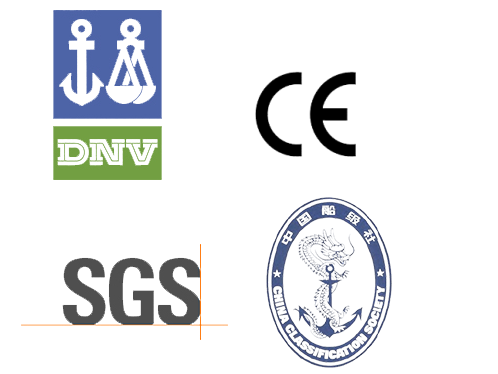Black technology: sunlight and water produce hydrogen
 |
Hydrogen is a new energy source with great potential for application. Researchers at the photovoltaic and optoelectronic equipment group at the Spanish Jaime I University have developed an organic device that can produce hydrogen from water using just sunlight. The organic materials used in these devices are less costly, more efficient, and more flexible than the currently used inorganic materials, but their stability is also problematic when they come into contact with aqueous media. A study published in the journal of physical chemistry mentioned that these devices have achieved excellent stability, which shows that taking solar fuels from organic materials has taken an important step.
Sixto Giménez, co-author of the study, pointed out that "hydrogen production can be completed within 3 hours, and it is still too early to confirm the stability of organic materials."
Organic photovoltaic devices are susceptible to corrosion in water and are easily damaged. “Our strategy is to install a physical barrier between the PV module and the catalyst that promotes the hydrogen generation reaction. To achieve this goal, we use a nano-TiO2 material to make a dense layer, not only as a barrier between water and PV modules, but also as a barrier. To the power connection between the photovoltaic components and the platinum catalyst, by using this method, we can greatly improve the stability of these devices while maintaining their performance,†said Antonio Guerrero’s researcher.
Getting solar fuel like hydrogen from water and sunlight is a strategy to solve global energy problems. “We can fully access renewable energy sources like high-energy fuels such as hydrogen from sunlight and water. In addition, hydrogen is widely used as a compound in industrial fields such as fertilizers or synthetic hydrogen compounds,†Giménez said.
The study under the PHOCS (Photocatalytic Hydrogen Generation by Organic Catalytic System) program has been funded by the EU's Seventh Framework Program to develop a new device based on organic semiconductor materials that enables the photolysis of water Produce hydrogen efficiently. This study sought the best way to produce hydrogen using low-cost and more stable materials.
A major challenge for the project to be completed in November is to prove that organic materials (plastics) can be used for photoelectrochemical hydrogen production. This goal has been achieved. Giménez explained that “Hydrogen, a high-energy fuel, can be used as gasoline. This energy can be converted into electricity and mechanical energy.†These solar fuels will allow you to go to petrol stations in the near future without filling up with gasoline. It is full of hydrogen, which can be converted to electrical energy through the fuel cell, and then converted into mechanical energy. In this process, water is the only waste." Therefore, this research project will help the existing energy consumption of fossil fuel-dependent energy. The model is transformed into a sustainable model that respects the environment using solar energy.

The car is the most common type of transport in the world. The main building material used in cars is the relatively cheap steel. However, as the automotive industry begins to pay more and more attention to fuel efficiency, reducing CO2 emissions and design, aluminium is playing an ever more important role in modern cars.
Typical alloy: 5182, 5083, 6016, 6011, 6N12, 6014, 6181A, 6009, 6005A, 6061, 6082
Product character: good weld ability, good formability, superb bake hardening ability
Product Certificate:

Aluminium For Automotive
Aluminium For Automotive,Automobile Aluminum Sheet,Tank Car Aluminium Coils,Cast Plate For Car Mould
La Ya Aluminium products Co.,Ltd. , https://www.layametal.com